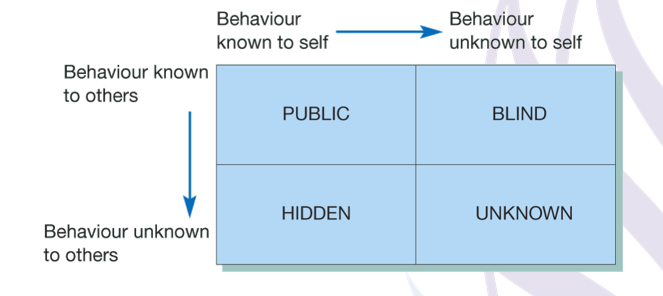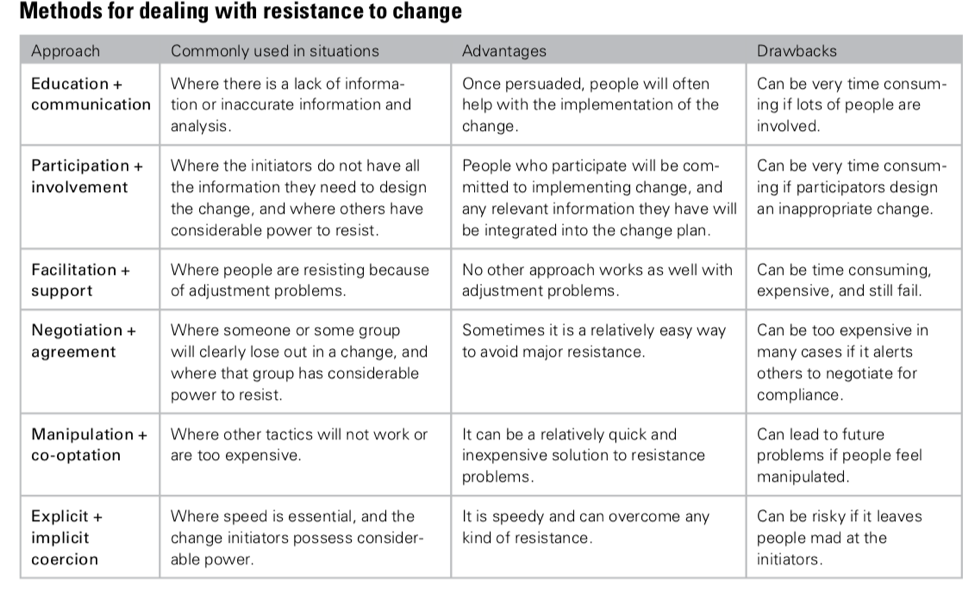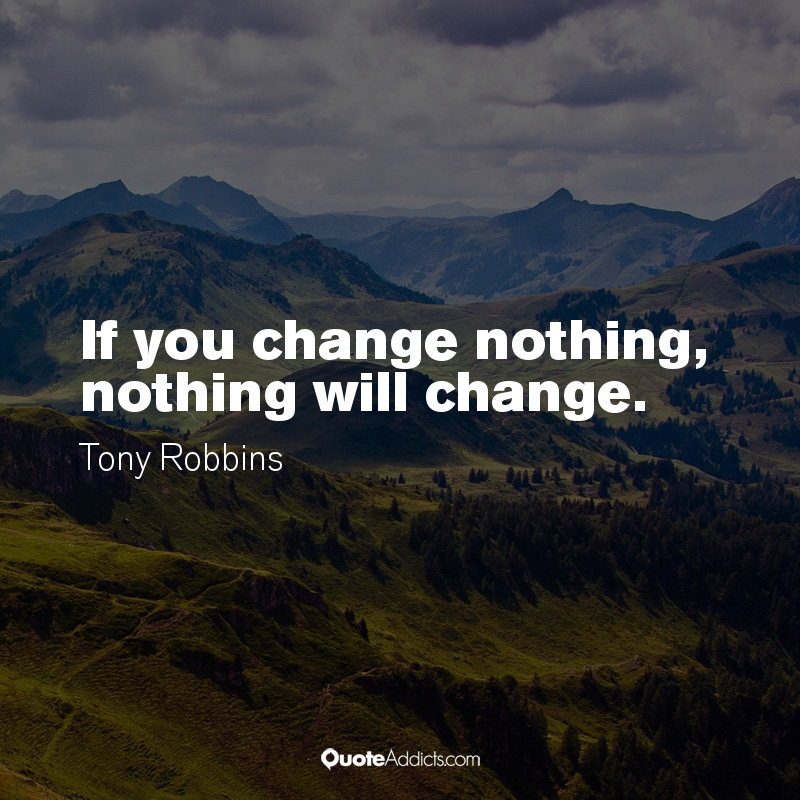A Blog on my personal development as a leader
“Leadership is not a skill I was born with, but one that I acquired and am still perfecting since my high school, university years till present, due to the needs and opportunities that I have encountered along the way.”
I wrote these words on my Chevening Scholarship application essay in 2018, little did I know then that in result of those words, I would be writing a blog on my development as a leader as an assignment for MBA in Global Business.
In simple terms, leadership the process of influencing others to understand and agree about what needs to be done and how to do it (Yukl, 2010:26). It is an essential skill as effective leaders, who can inspire their people to realize their personal and collective potential are often the deciding factor between a company being good at what it does and reaching greatness (Mullins, 2016).
Leader or Manager?
Leadership to me is the ability to guide people of different personalities and backgrounds to work together towards the same purpose because it is in their own interest to do so. It is about getting work done. Some will argue that is management, however, as a coordinator, implementer and completer that I found myself to be, as a result of the Belbin profile , I am a manager at heart and if I can do this and still influence and encourage my teammates to aim towards personal development, that makes me a leader as well.

My Leadership Brand
During the my MBA in Global Business, we learned about different leadership styles, such as autocratic, democratic, laissez-faire and situational. I also came across leadership theories, such as leading from the front, where leaders demonstrate their leadership by going first (or leading by example), versus leading from them back, where the leader steps back, playing a support role allowing the team to be participative in decision making and only steps in when necessary (Hill 2019).

Concerning my leadership brand, currently, I am a democratic leader who adopts the leading from the front theory. I say this because there are many strategies with which a team can achieve a goal and we can only learn them if team members are encouraged to provide input. In addition, I personally do not believe in asking my team members to do anything personally I would not do.
This leadership style had great impact on my teammates because it showed that I valued their opinions and that if I could perform a particular task, so could they. Overall, the MBA experience encouraged me to analyze things from my colleagues perspectives and work towards becoming more empathetic towards their struggles, as we were together, striving for the same goal.
I find that leading from the front would serve in African cultures, as it is encourage the upholding of standards among colleagues when the leader sets sets a positive example with his/her behavior. However, this leadership style “can at times be unrealistic.”[1] Nevertheless, good examples can prove as persuasive as great presence. Serious leaders understand that, both by design and default, they’re always leading by example (Schrage 2016).
Feedback

How we perceive ourselves to be is not necessarily as other see us, after receiving feedback from my teammates and conducting the Johari window framework I’ve come to realize despite my coordinator abilities that are (public). I tend to be a perfectionist and focus too much on the details in order to get them right (blind), therefore I simplify work for others in order to manage risk and be able to do damage control if necessary (hidden), this was unknown to others. However, I discovered that the energy that I bring to the environment can highly influence the team’s performance (unknown). Critically analyzing my performance as a team leader, I believe that there is room from improvement. Ultimately, when starting a new project, I should take a step back, listen more to the input of others others and allow my teammates to contribute more and influence them to do better through empowerment.

As I develop in my career, I aspire to work in a dynamic and highly skilled team where I would feel less need to be in control of the team and so would listen more and progress into being a better team player.
I had a remarkable experience during a career simulation organized by the University where I participated in group activities with four other girls who I have never met before and got to analyze my performance with a life coach. To be truthful, the energy in that team so elevated that we felt no need to establish a team leader for each task because everyone knew what needed to be done and we combined our individual skills to complete the tasks.

The whole experience was liberating, I felt a personal self-interest to contribute, not because it was expected of me, nor due to a sense of obligation or fear that if I do not take control things won’t be done, but because of the atmosphere. No one knew me and it didn’t matter, what mattered is how they picked up on my distinctive capabilities and used it to achieve the goal. For the first time while working in a team, I felt that some weight was taken out taken off my shoulders and that I could rely on others and trust our synergy just as shown on the picture above.
The energy that I came across by being exposed to that environment is what I would like to provide to my future teammates, because despite the fact that in real life, we cannot always choose who we work with, we can define our team’s energy and I have learnt from the Ricardo Semler case study that the team’s energy is highly influenced by the leadership style.
In future?
Just as Ricardo and Nelson Mandela, I want to continue being a democratic leader, but one who listens and trust more in her teams’ abilities. Thus, I plan to use the leading from the back leadership style, were I would play more of a guiding and supportive role whenever possible because this is the future for organizations. (A. Hill, 2019)
“It is better to lead from behind and to put others in front, especially when you celebrate victory when nice things occur. You take the front line when there is danger. Then people will appreciate your leadership.”
Nelson Mandela (Davis 2019)
I believe that just like in the Ricardo’s case, this democratic and leading from behind leadership style will create some controversy, especially in an African work culture, for people will be pushed out of their comfort zones. However, it may also result in acquisition of new skills, continuous improvement of processes and, ultimately, better organizational performance (Cummings et. al. 2019). For these reasons I believe that I should be followed as a manager by my future teams.

[1] Buckingham, M. (2005), What Great Managers Do, In Harvard Business Review; Mar2005, Vol. 83 Issue 3, p5
A. Hill, L. (2019). Leading from Behind. [online] Harvard Business Review. Available at: https://hbr.org/2010/05/leading-from-behind [Accessed 27 Nov. 2019].
Buckingham, M. (2005), What Great Managers Do, In Harvard Business Review; March 2005, Vol. 83 Issue 3, p70-79
Cummuta, T. (2017) Leading the Way or Leadership from Behind? Leadership Skills [online] [Available from] <https://aboutleaders.com/leading-the-way-or-leadership-from-behind/#gs.ab2fg3> [15 October 2019]
Davis, G. (2019). How to lead from behind. [online] Virgin. Available at: https://www.virgin.com/entrepreneur/how-lead-behind [Accessed 27 Nov. 2019].
Daniel, C. Stephen Remedios , Abdulla Alremaithi , and Sarah Shaw (2010) Humanizing Leadership Development [online] Available from < https://www.bcg.com/publications/2018/humanizing-leadership-development.aspx > [15 October 2019]
Hill, L. (2010) Leading from behindHarvard Business Review [online] October 05, 2016. Available from <https://hbr.org/2010/05/leading-from-behind> [15 October 2019]
Mind Tools, Core Leadership Theories, Learning the Foundations of Leadership [online] <https://www.mindtools.com/pages/article/leadership-theories.htm>Available from [15 October 2019]
Schrage, M. (2016) ‘Like It or Not, You Are Always Leading by Example’ Harvard Business Review [online] October 05, 2016. Available from < https://hbr.org/2016/10/like-it-or-not-you-are-always-leading-by-example> [04 August 2017]









